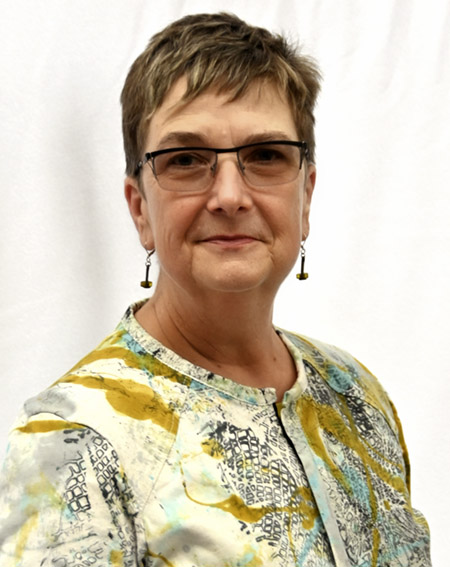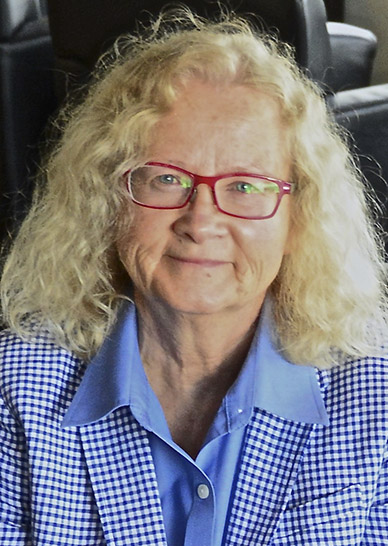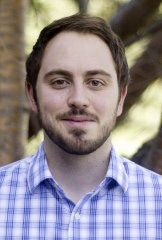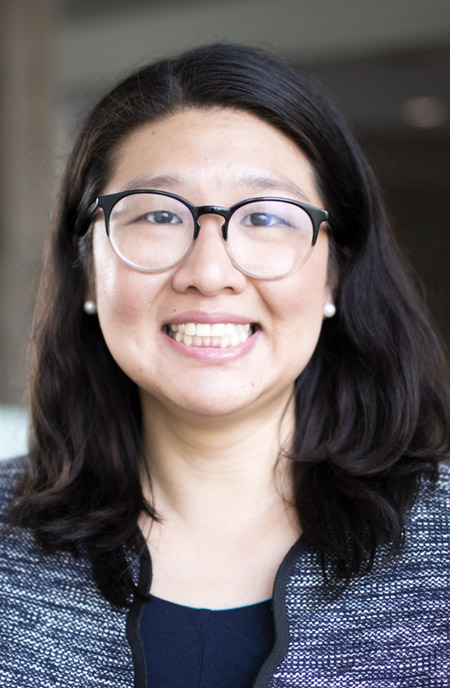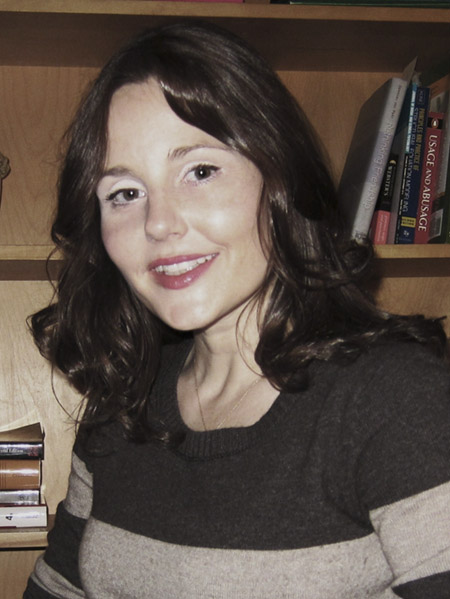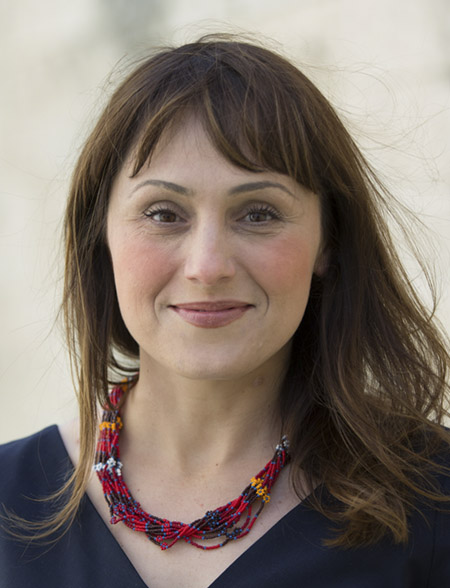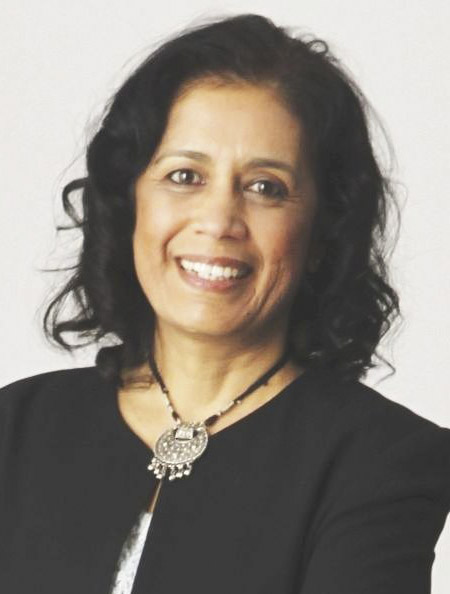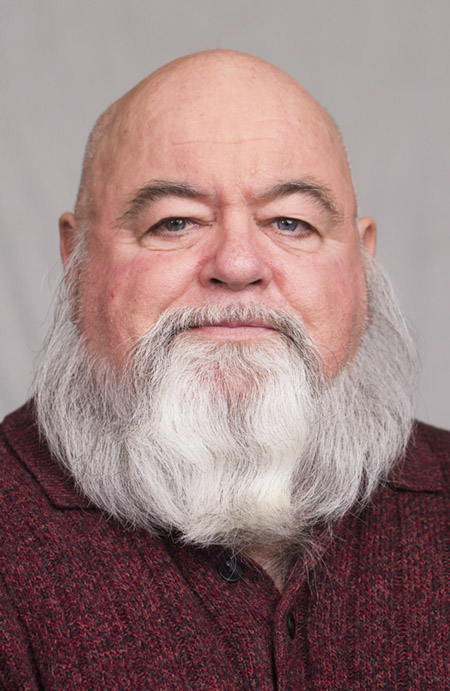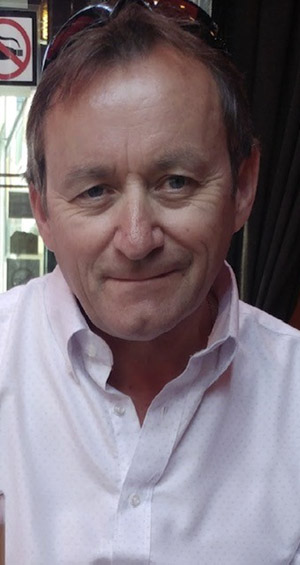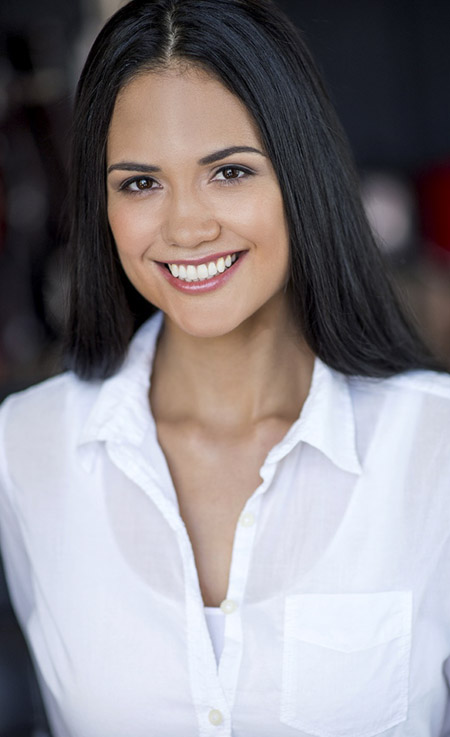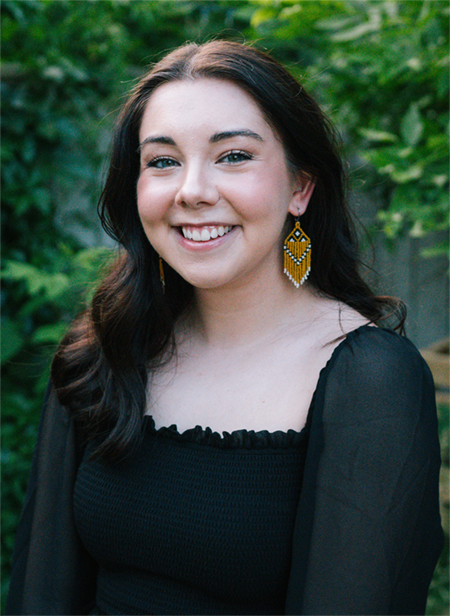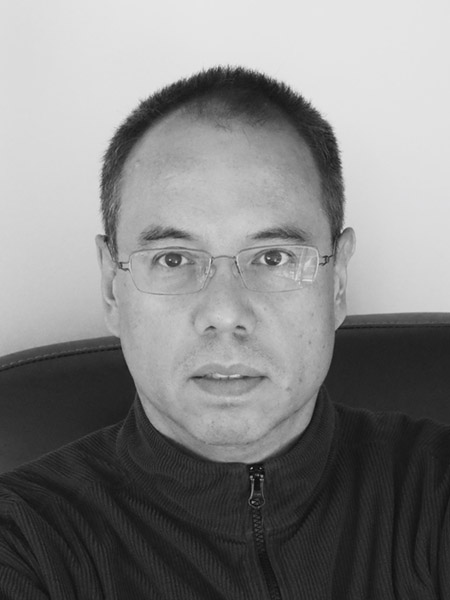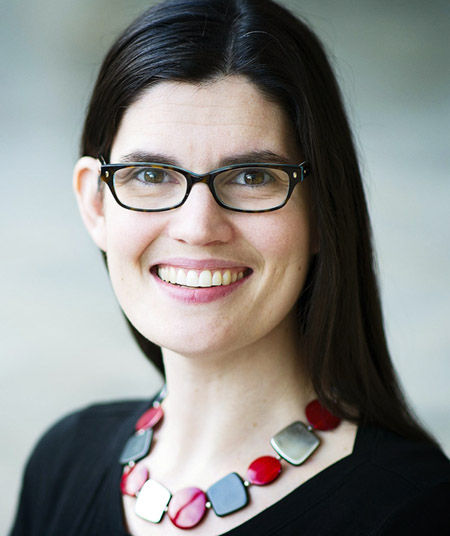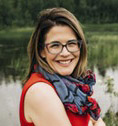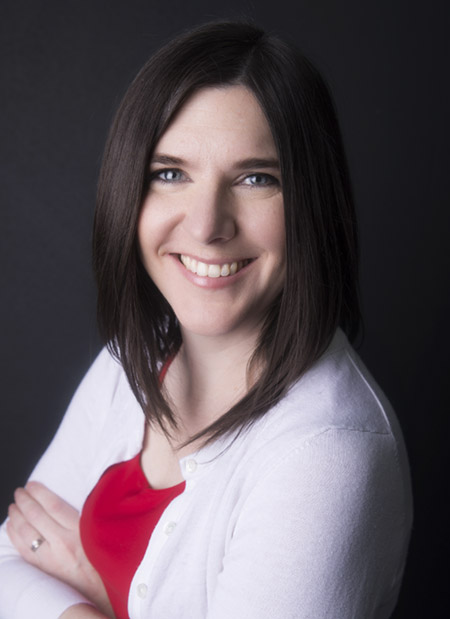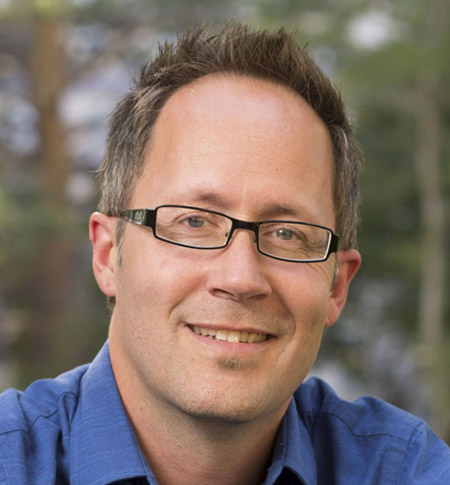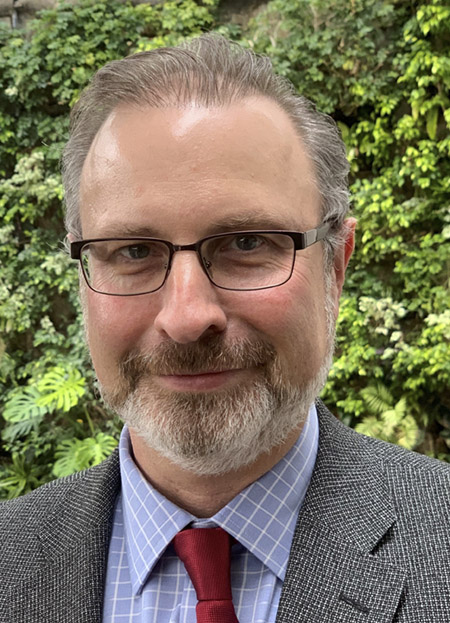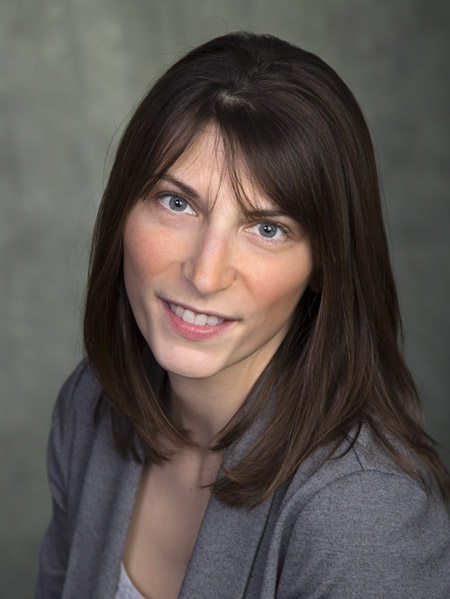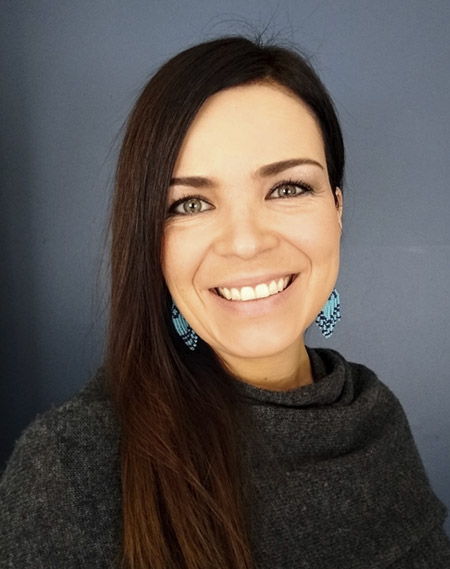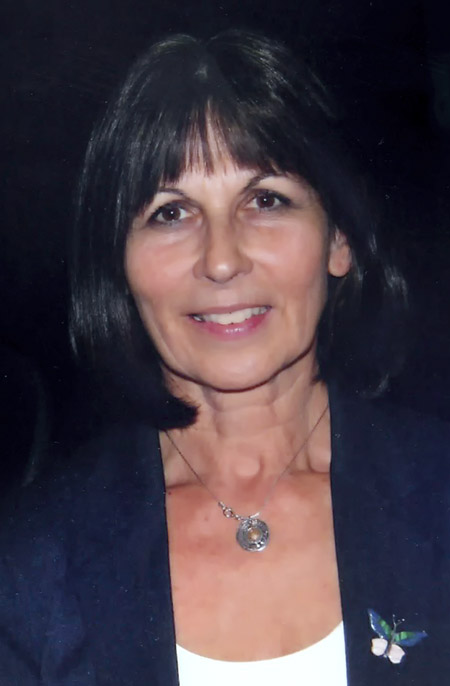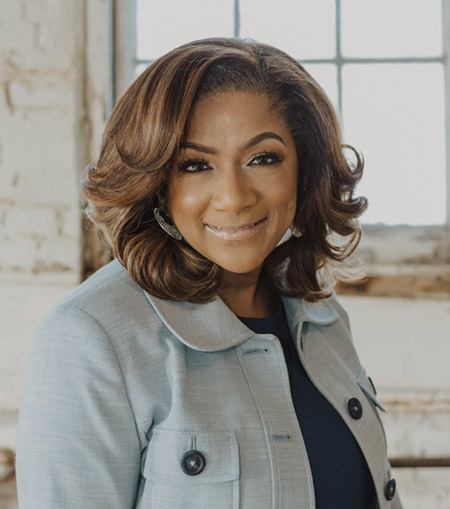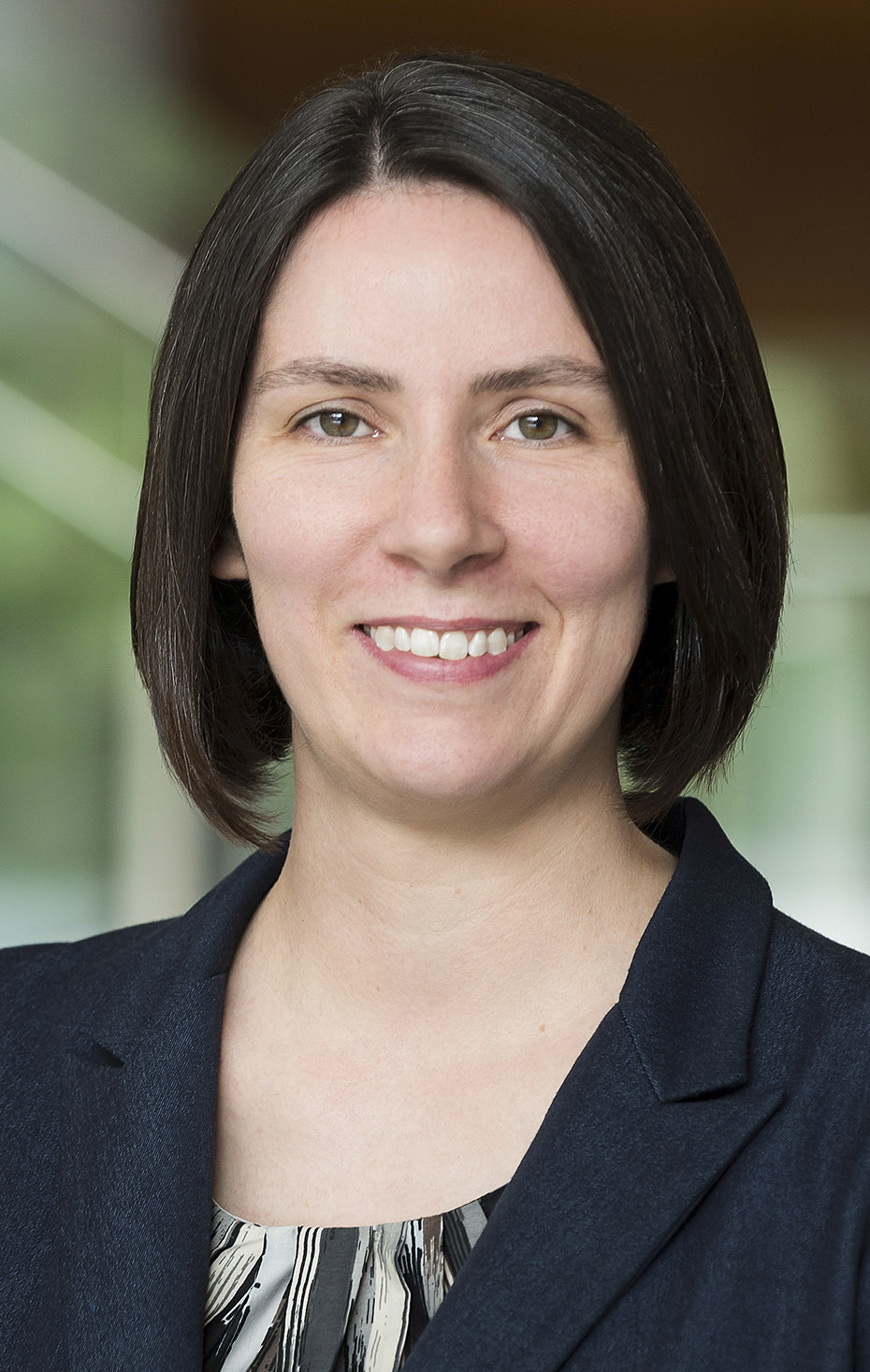Industrial Organizational Psychology
When I was in high school, I went for a job interview after responding to an ad I had seen in the newspaper. I was hired on the spot and immediately onboarded, working my first shift an hour later without fully understanding what the job entailed. The very first thing they had me do was stand in a circle with my new co-workers, arms around each others’ shoulders, while they turned off all the lights and played ‘Eye of the Tiger’ in its entirety. Then, presumably adequately motivated, we were sent off – to sell Meat Of The Month subscriptions door-to-door. I learned that this was the process every single day. ‘Eye of the Tiger’. Every single day. I walked home midway through that first shift and never returned.
It was the 90s – you can tell, perhaps, because job ads still came in the newspaper, and people still thought ‘Eye of the Tiger’ was the ultimate pump-up song because Jurassic 5 had yet to release ‘Jayou’. It was also before Industrial/Organizational (I/O) psychology became more formalized in Canada. Dr. Joshua Bourdage is an associate professor at the University of Calgary, and the current chair of the Canadian Society for Industrial and Organizational Psychology (CSIOP), the CPA Section for Industrial/Organizational psychology. The discipline dates back many decades, the section was founded in the mid-70s, and Dr. Bourdage says the discipline really took hold in Canada in the early-90s.
“A lot of it traces back to the idea of scientific management and Frederick Taylor [an American mechanical engineer who was known for improving industrial efficiency around the turn of the 20th century] and how we can optimize people and tasks to be done in the most efficient way possible. So a lot of our early work was around selection, assessment, sorting, and increasing productivity. Then we adapted, alongside the rest of psychology, with things like the human relations movement – the idea that people have feelings and emotions and internal states. We then started to think about things like whether happy workers are productive workers, or what are the things that actually motivate people beyond just carrot-and-stick – intrinsic and extrinsic motivations, and that sort of thing. That’s where we branch more into the studies of leadership, and change, and politics and so on.”
Dr. Winny Shen is an I/O psychologist working at York University in the Schulich School of Business. She is the Past Chair of CSIOP, and her studies deal with diversity and inclusion, leadership, and worker well-being. She points to the first two World Wars (to date, the only two World Wars…) as the moment when I/O psychology was really created as a formal discipline.
“The desire to apply psychology to solve practical problems has been around from the very beginning. One of the catalysts for the growth of I/O psychology as a discipline was the two World Wars. The military and also the government realized they had a massive number of people with a ton of jobs that needed filling, and they didn’t actually know what was the best way to allocate people to the right job, to make sure we’re making the most of the people that are in these important military positions. That became the basis of a lot of I/O psychology – assessments, intelligence testing, personality assessment, and job analysis. After the wars, there was a recognition that a lot of these processes and skills could be applied to private organizations and industries, and there were all these people who had been trained in doing it as part of the war effort, so it grew from there.”
Put very simply, I/O psychology is the study of psychology in the workplace. Put a little less simply, it’s the application of psychological principles to study the world of work – workers in the context of teams, in the context of the organization as a whole. It’s a field interested in work at multiple levels and in multiple perspectives. This means that I/O has a vey broad range of perspectives and specialities. Dr. Shen explains,
“You can find us in a wide array of places. Some folks are academics like me and Josh. We do a lot of the research in terms of understanding workers’ experiences and organizational phenomena. You can also find I/O psychologists in a lot of applied settings. We’re typically trained as scientist-practitioners so we do both. We might work for an organization – for example, making sure their hiring processes are scientifically supported, or maybe helping with their training in terms of making sure their employees have the knowledge and skills required to succeed in their jobs. It could also involve issues of motivation, or climate – some of those softer-side things that make sure workers have positive experiences on the job and that they have a good relationship with their co-workers and the organization as a whole. We can also be coaches. We can work in analytics. Some work in very specific fields – for example, there are a large number of I/O psychologists working in health care right now. A lot of us work in collaboration with educational psychologists around issues like credentialling and licensure. Once you know where to look, you can find us in a ton of places!”
A previous Chair of CSIOP is one of the I/O psychologists contributing to understanding workplace issues in health care, where collaboration with many other psychological disciplines is very much a part of the job description. Dr. Bourdage explains a little more.
“One of our previous chairs, Dr. Tom O’Neill, does work with teams in a healthcare settings. Specifically, he works with resuscitation teams to maximize their performance. A human factors person, like an environmental psychologist, might look at the layout of the room and the equipment in it to see how it influences the work, whether some of it impedes people. Whereas Tom is looking more at communication, conflict, those sorts of things.”
When I first started working in radio, my job was as a producer for a show called Sentimental Journey on the local Oldies station. The host of the show would record his show on a reel-to-reel machine, then provide a list of the songs he had mentioned in the show. Some were on CD, some on the computer, and some on vinyl. I would have to make sure that there were 60 minutes of music and talk in any given hour – but the host was less concerned. Sometimes an ‘hour’ contained 35 minutes worth of music and talk, other times 85 minutes. I am likely the last person in radio – at least in Ottawa – who actually played music from a turntable on the air, and who had to splice reel-to-reel with a razor blade and scotch tape. I tried to teach the host how to use the computerized ‘voice tracking’ software, which involved booting up the program, then pressing the space bar to record and pressing it again to stop recording. I could really have used an I/O psychologist to help me convince him that pressing a space bar did not make one a ‘computer geek’, and that technology sometimes helps and makes things easier!
Technology, and its rapid advancement in the workplace, has been a big topic of discussion for I/O psychologists over the past ten plus years, but Dr. Bourdage says that it is just one small part of the work and research being done into workplace culture and enhancement.
“It’s extremely broad – the types of work that were presented even just last year at the CPA convention were very diverse. We had presentations about personnel selection – how do we enhance hiring and recruit the right people to apply for a job? How do personality and different situational elements like leadership impact employee attitudes and behaviours? We also covered more current and urgent topics like gender and diversity in the workplace, and the use of technology in the workplace. And there are a lot of people rising to the challenge of understanding how work and the practices we engage in are changing because of COVID. How do we still foster good team dynamics through the move to remote work? How do people cope with remote work productively? And of course we have a lot of people interested in mental health. We have members who work with healthcare workers to get a better understanding of burnout and stress, and their impact in the workplace. How can we intervene to help workers and organizations in that realm?”
When I was in college, I had my first taste of virtual work. I got hired by a promotional company, and after the first interview I never again saw a single one of my co-workers. I would get a phone call telling me where the ‘product’ was. (I always joked with the voice on the phone about the dangers of talking about ‘product’ on a cell phone, but I don’t think he ever understood what I was getting at.) I would then show up to the address provided, where there was a big truck. I’d get in, see what the ‘product’ was, and then spend the day offering free samples of the new Dempster’s bread at a local grocery store, or Dasani water at a gym, or Miller Genuine Draft at a bar. Okay, this is not ‘virtual work’ as such – just work without any co-workers!
There has got to be a study in motivation around a setup like this. There was absolutely no way to know for sure how well I had done my job – or, in many cases, whether I had done it at all! I also had no contact with co-workers, so I had no frame of reference to know whether they were doing their jobs to the absolute best of their abilities, or whether they were taking that extra case of Corn Nuts they hadn’t distributed home at the end of the day to share with a bunch of equally poor and starving college roommates. As with all virtual work, there is probably some good and some bad, as Dr. Shen maintains.
“This large-scale move to virtual work is complicated! There might be some good things, like a more objective evaluation of employees’ work as you see the work sort of divorced from the person doing it. But there are also negatives, like managers feeling like they don’t have control anymore because they can’t physically see people working. Additionally, the lines between what is work and what is private are issues that companies are trying to manage because it hasn’t really been as big of an issue in the past.”
Dr. Bourdage says that while this move to virtual work and the embrace of new technologies has been a major shift – both in the workforce and for psychologists – the expertise of I/O psychologists provided the groundwork for an easier transition to this new reality.
“We had already seen a move toward new technology, whether that’s machine learning or AI, in a decision-making capacity or hiring or moving toward more virtual work. In some ways COVID has just accelerated certain things, the same way it has accelerated or highlighted certain inequities – like who is more likely to be bearing the brunt of childcare responsibilities, for example. A lot of the work and research we’ve been doing for decades does inform some of these things – we’re lucky to have expertise on things like mental health and stigma in the workplace, workplace safety, selection, hiring, and recruitment. So we already have this expertise and it’s just sort of shifted to this new application, I’d say.”
When it comes to equity, diversity, and inclusion, one of Dr. Shen’s specialties, she says that the pandemic has been something of a double-edged sword when it comes to making workplaces more welcoming and comfortable.
“I think that on one hand this virtual working capacity has been something that disability advocates, for example, have pushed for a long time as it would make the workplace much more inclusive and serve as a kind of accommodation that would be helpful for a wide range of disabilities. But it’s one that many companies have felt like was not a “reasonable” accommodation for many of the jobs in their repertoire. But now the pandemic has highlighted how some of our assumptions about how work gets done or what kind of work can be done virtually – often quite effectively – have been too conservative. Companies and organizations might have previously been too reticent to try some of these things.
The other side of the coin is that we have to be a little careful in terms of the balance between what is an employee responsibility and an employer responsibility. That becomes a little more of a grey area. Things like if I need very expensive internet in order to do my job, who pays for that? Or you get injured at home doing something related to your work – is that a workplace injury? There’s a little bit of research that suggests we’re not as careful in our email communication as we would be saying things face-to-face, and that can contribute to feelings of being bullied.
There are a lot of issues we have to work through. There is definitely the opportunity to reshape work more equitably, but there are also a lot of potential issues that are more invisible in some ways. Sometimes people might not feel comfortable sharing some of those aspects of their virtual or personal space. Companies have to be really diligent in not assuming that all employees have the same kind of resources or the same kind of setup.”
Dr. Shen did a study with colleagues at the beginning of the pandemic into the experiences of Asian-Americans and Asian-Canadians in the workplace, as xenophobic sentiment started to show itself. She is currently doing research that looks at the division of labour in households during the pandemic, and how that impacts workplace attitudes. In particular, women’s tendencies to feel like they have to downshift their careers in order to accommodate changes in household responsibilities. More generally, because of social movements like Black Lives Matter and Every Child Matters, I/O psychologists have a renewed interest in studying the experiences of Black and Indigenous workers. Dr. Shen says it is very important that evidence-based practices remain at the fore when considering issues of diversity and inclusion in the workplace.
“I’m involved in a big consortium where we’re trying to help employers develop toolkits for both employers and employees to try to help with disability disclosure conversations during the hiring process. There are a lot of employers who want to be involved, but don’t necessarily know how to proceed if an employee or an applicant discloses a disability. There is a wide range of issues that stem from the notion of ‘we want to create an inclusive atmosphere, what does that mean, and what does that look like?’
As we become more aware, there are a lot of people who want to make changes. But a lot of these things can be misinterpreted and lead to cascading effects. As an example, there’s a growing body of research that shows some of the policies around hiring and employment equity can be interpreted by people as ‘the standards are different’ or ‘they’re only here because of X’, and that can have pretty insidious and negative consequences for people who are perceived to have benefited from these policies in the workplace. It’s very important, but very complex.
There’s often a tendency to focus on representation rather than inclusion. That can create issues because the focus is on bringing people in, without realizing that the environment into which you’re bringing people is not very supportive. This can ultimately lead to retention issues where there’s this revolving door of under-represented groups.”
The importance of basing your policies and procedures on quality science is echoed by Dr. Bourdage.
“One of the things we espouse is evidence-based practice. I think there’s this notion that a lot of these things are common sense, but I think there’s a lot of knowledge and training and expertise that is required to understand not only equity, diversity, and inclusion but also organizational change, organizational culture, how reward systems impact people, or organizational politics. These are all areas that I/O psychologists dig into with different lenses to understand these things and inform evidence-based practice.
Basically everything from the time you decide to apply for a job, to what questions you’re getting asked in an interview, to how you get socialized and onboarded at the new office, your day-to-day interactions are all guided by and investigated by I/O psychologists. It will tangibly affect almost everyone, every single day, for a huge chunk of their lives.”
When I was in university, I answered a job ad looking for lifeguards to work at Ottawa apartment pools throughout the summer. By the time my job interview was over, I had been hired not only as a lifeguard but as middle management at a security company, working alarm dispatch and supervising security guards across the city. It was a company that took on every contract that it possibly could – I was also answering employee complaint lines for a variety of Canadian clothing stores and keeping records for building maintenance companies…among dozens of other things. Lifeguarding paid minimum wage, middle management in the control centre paid $0.15/hour more. The job ad at the time, 1999 or so, said only ‘lifeguard’ and included a phone number. Things are a little different now, says Dr. Shen.
“Every time you go online and look at a job ad, it has probably been created through some sort of job analysis that I/O psychologists do to understand what is at the heart of a job. The basis we use for how to match a person to a job is to first understand exactly what that job is and what it entails.
The annual performance appraisal that maybe you hate or maybe you love – there’s a lot of science there. Maybe your workplace has a 360-degree feedback where you rate your boss and your co-workers. A lot of I/O psychologists were involved in that, and in popularizing it.”
When I worked in radio, I had an annual performance review where a series of bosses would sit down with me to set goals for the following year and review my progress toward the previous year’s goals. It would invariably go something like this – ‘you have exceeded expectations on four of your five goals, and met the fifth. Great work! I’m going to give you 4/5 across the board’. Why was I getting 4/5 when I had exceeded the goal? And also when I had met the goal? It turns out there was a company policy that said if an employee got a 5/5 on the report turned in to head office, they had to be given a raise. Dr. Bourdage says, “I/O can provide the tools, but whether people use them well or not is kind of on them! The job of I/O psychologists is to work with organizations to help guide them in adopting these tools and best practices”
The Oldies radio station I worked at no longer exists, the security company no longer does security or lifeguarding, and the promotion company is defunct. I am not certain about the door-to-door meat subscription company, as I no longer remember their name. I am guessing they too no longer exist. I wonder though, were they still around, how they’d be doing. On the one hand, the pandemic might have created a demand that hadn’t existed previously for a meat-subscription service, but it also would have made the door-to-door sales model something of a non-starter. By now though, some of the work of I/O psychologists would likely have trickled down to them, and they would probably have a better work environment – if only replacing ‘Eye of the Tiger’ with ‘Turn Down For What’. Dr. Bourdage thinks most companies are moving in a better direction.
“As the current Chair of CSIOP, I look around at the work being done and I feel like our field is uniquely situated to help with the problems of the day.”

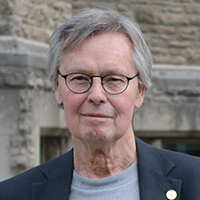 “Psychology journals need to be more than repositories for psychological findings and forums exclusively for psychologists and allied professionals: They must also ensure that what psychology can contribute to society at large is readily transferable to and accessible by the wider public. Thus, the true impact of Canadian Psychology will be not just how psychology as a science and a profession is served by the published articles but also how the world at large is informed about and benefits from the knowledge presented in the journal.”
“Psychology journals need to be more than repositories for psychological findings and forums exclusively for psychologists and allied professionals: They must also ensure that what psychology can contribute to society at large is readily transferable to and accessible by the wider public. Thus, the true impact of Canadian Psychology will be not just how psychology as a science and a profession is served by the published articles but also how the world at large is informed about and benefits from the knowledge presented in the journal.” “In addition to preserving its history, I am interested in broadening CJEP’s scope in a few ways. I would like to see submissions that address, among other topics, developmental phenomena, comparative cognition, and cognitive neuroscience approaches, as well as work that advances cognitive theory through the study of diverse populations or applied real-world social or technological challenges. I believe the journal can benefit from the contributions of authors and reviewers who have a wide variety of lived experiences and for their articles to address experimental questions about cognitive or perceptual phenomena that are relevant to these diverse experiences and perspectives.”
“In addition to preserving its history, I am interested in broadening CJEP’s scope in a few ways. I would like to see submissions that address, among other topics, developmental phenomena, comparative cognition, and cognitive neuroscience approaches, as well as work that advances cognitive theory through the study of diverse populations or applied real-world social or technological challenges. I believe the journal can benefit from the contributions of authors and reviewers who have a wide variety of lived experiences and for their articles to address experimental questions about cognitive or perceptual phenomena that are relevant to these diverse experiences and perspectives.”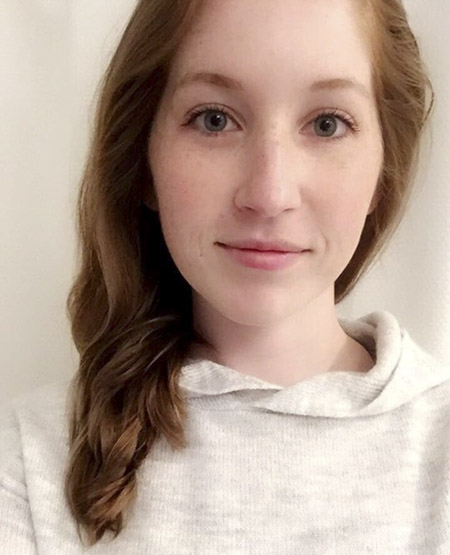
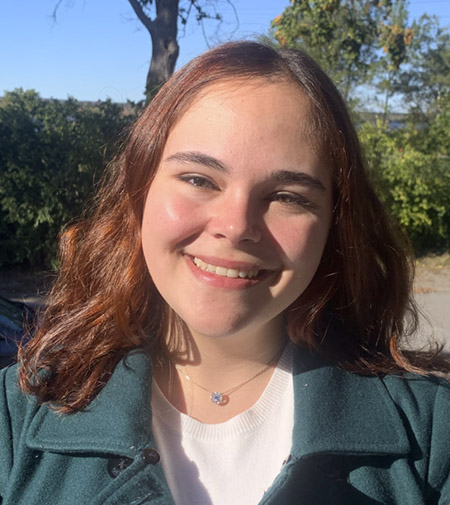
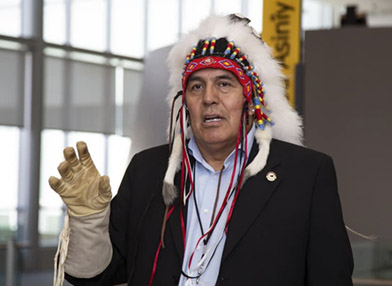
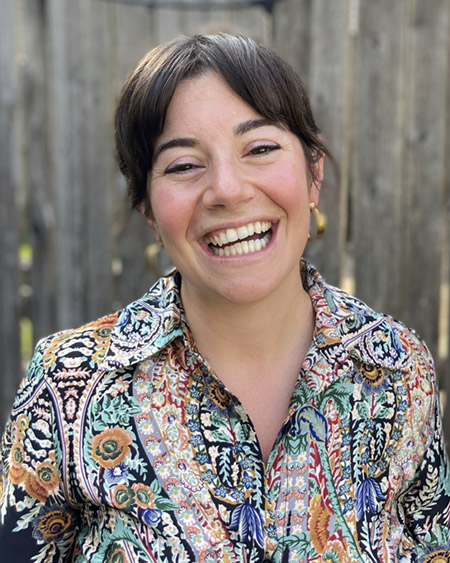
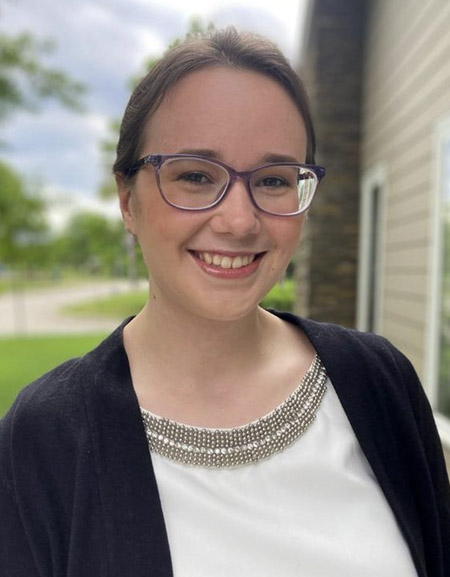

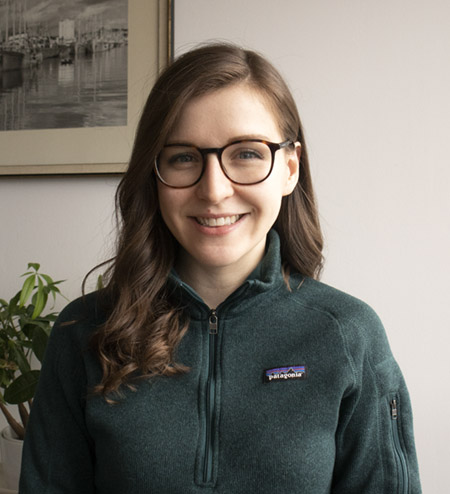
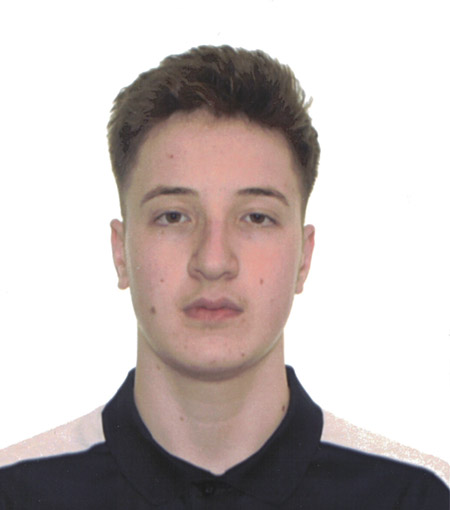
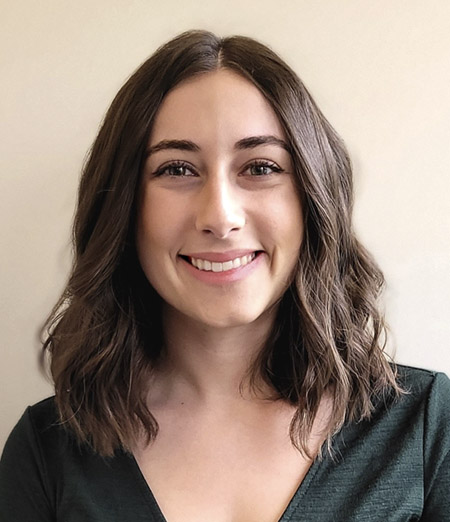
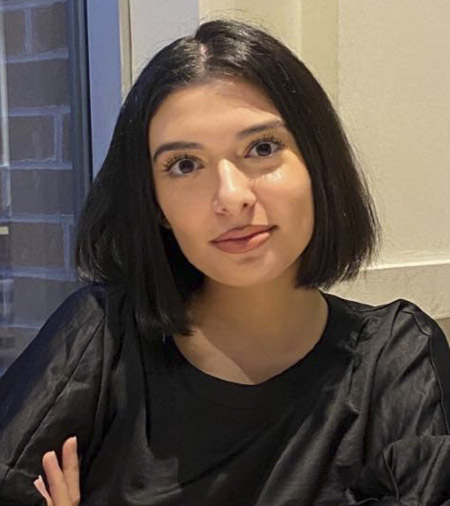

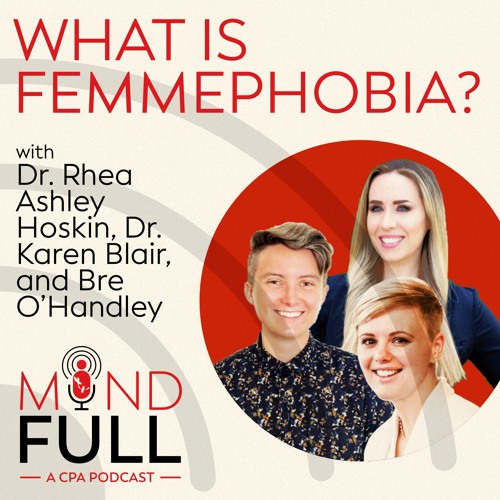
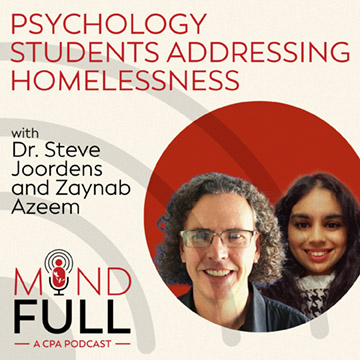
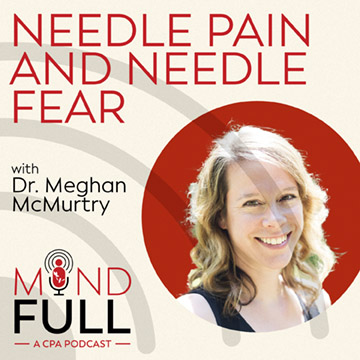
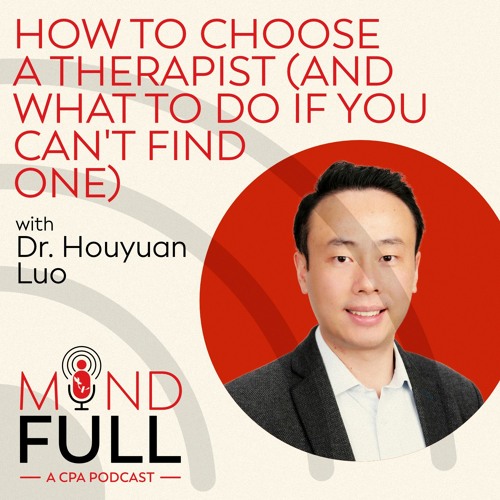
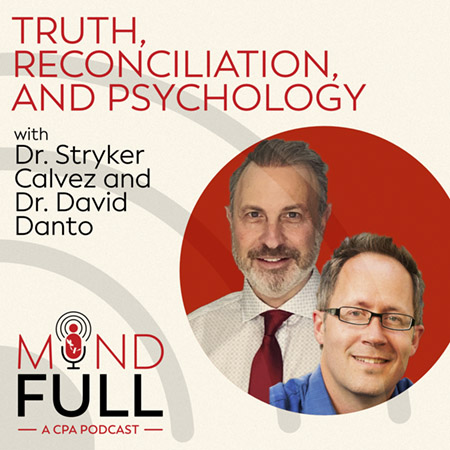
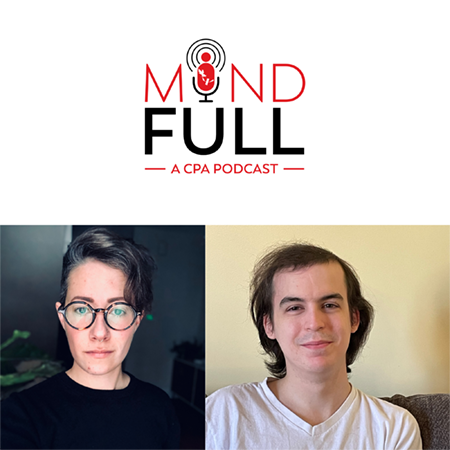

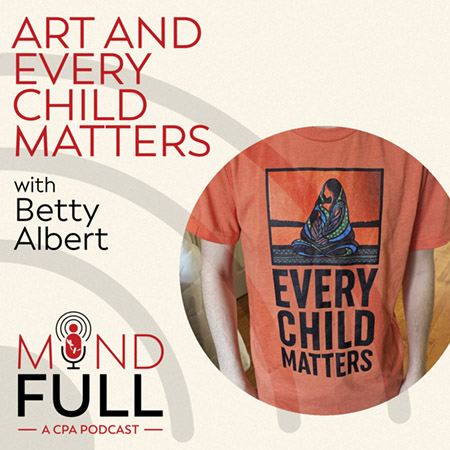
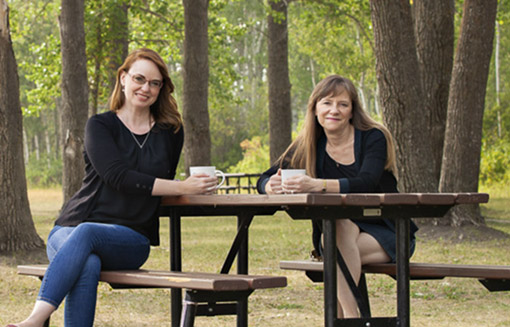 Drs. Karen Dyck and Melissa Tiessen started the Intentional Therapist initiative to help female practitioners with self-care. They will be hosting a
Drs. Karen Dyck and Melissa Tiessen started the Intentional Therapist initiative to help female practitioners with self-care. They will be hosting a 